In the dry season of 1958, in the cracked Northern Delta, tens of thousands of people, hoes and shovels in hand, their clothes soaked in mud, lined up in a long line. Their cheers echoed through the thirsty fields, marking the beginning of the Bac Hung Hai project - the first symbol of modern Vietnamese irrigation.
From those small ditches, 80 years later, the country has built a system of reservoirs, dams, and canals stretching over 90,000 km - water sources that nourish millions of fields, residential areas, and the entire national economy .
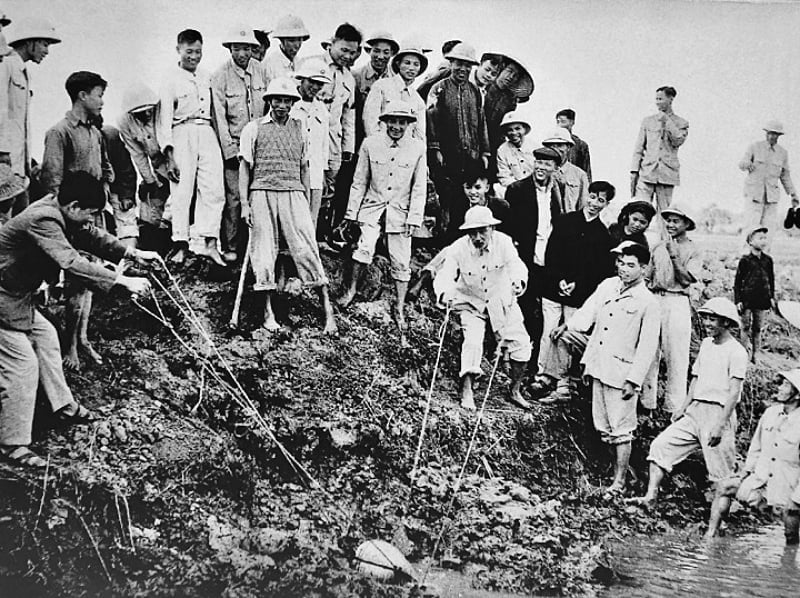
Uncle Ho visited the fields and bailed water with the people of Ta Thanh Oai. Photo: TL.
Vietnam’s irrigation industry was born during the most difficult years of history. When the war was still going on, people were still digging canals by hand, straightening rivers to preserve crops. “Great irrigation” was not simply a slogan, but a practical action to save the famine and preserve the villages.
In fact, after the August Revolution in 1945, the Vietnamese countryside was plunged into famine and drought. Cracked fields, erratic rainfall, and rudimentary production tools made farmers only know how to "look to the sky to live". In that situation, the "great irrigation" movement opened the first projects such as Cong Vo pumping station, Nam Thai Binh system, Bac Nam Ha... to help bring fresh water to the fields. It also kindled the belief that Vietnamese people, with intelligence and aspiration, can take the initiative in facing nature.
But it was not until the Bac Hung Hai system was formed that history officially turned a new page. It was the first large-scale irrigation project designed, constructed and operated by the Vietnamese themselves. The water from the Red River was divided into more than 2,000 km of canals, bringing water to the four provinces of Bac Ninh, Hung Yen, Hai Duong (old) and Hai Phong. The low-lying areas of the past were thus saved from the situation of "five losses, ten gains".
When the country was unified, the hydraulic engineers continued their long journey, this time to the South, where the saline and alum lands were still abandoned, and the Central region was full of flash floods and droughts. They brought with them maps, compasses, flow meters and the patience of rice farmers, to build "seas of water" between the mainland, from Thac Ba, Dau Tieng, to Tri An, Ke Go... These projects not only regulated water, created electricity, but also contributed to changing the fate of an entire region.
Among them, Dau Tieng Lake is considered a memorable mark. Construction began in 1981 amid a lack of materials and machinery, with all survey, design and construction undertaken by Vietnamese people. When completed four years later, the lake contained nearly 1.6 billion cubic meters of water, supplying water to more than 100,000 hectares of cultivated land and to Ho Chi Minh City - a project that many international experts at that time considered "continental enough". At the same time, a series of other projects such as Tri An, Cua Dat, and Ke Go were born one after another, laying the foundation for the North - Central - South integrated irrigation and hydroelectric system.
Since the late 1980s, Vietnam has entered the Doi Moi period, which is also the time when irrigation has transformed from “digging and filling” to “management”. New projects are designed not only to carry water but also to retain water, protect the land and the environment. Tan My Lake in Ninh Thuan is considered a “green lung” in the driest region of the country, providing water for agriculture, daily life and industry.
In particular, the Cai Lon - Cai Be project complex, completed in 2021, is a step forward in technology, including 11 giant sluice gates that operate automatically, controlling salinity and freshwater for more than 1.6 million hectares of the downstream area of the Hau River, which has suffered heavy damage due to saltwater intrusion.

Cai Lon sluice gate project in An Giang province. Photo: Department of Irrigation Works Management and Construction.
Statistics do not lie. Over 80 years of formation and development, the irrigation sector has created more than 7,000 reservoirs, 10,000 pumping stations, and 100,000 km of canals. This is the result of tens of millions of working days, of generations of engineers who have learned to “read” the river and “listen” to the sound of water. Vietnam’s irrigation not only brings food security, but is also a pillar of national water security.
Today, along with the massive infrastructure is a modern management system: a network of sensors that monitor water levels, salinity, and flow in real time; a national data center connecting major reservoirs from North to South; digital maps of river basins updated hourly. Channels that were once drawn in white chalk now appear on operating screens, where engineers can open and close sluices with a click of a mouse.
But behind all these technologies, the spirit of “water management for the people’s livelihood” has remained unchanged for 80 years. Whether in war or in the midst of climate change, the ultimate goal of irrigation workers is to keep the water flowing, to keep crops green, and villages safe.
And like the rivers themselves, the story of Vietnam's irrigation never stops. From small canals years ago to the great projects of today, the industry has come a long way to prove that human power, when combined with knowledge, can bend the flow of water and write its own miracles.
Source: https://nongnghiepmoitruong.vn/tu-muong-nho-den-dai-cong-trinh-thuy-loi-quoc-gia-d783362.html













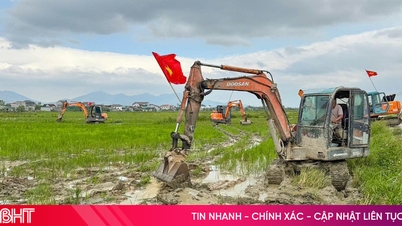



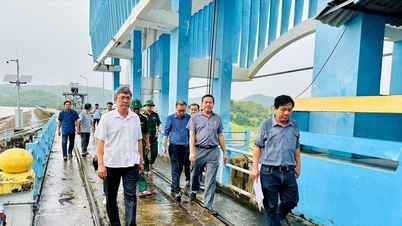
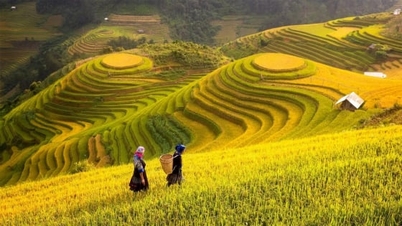


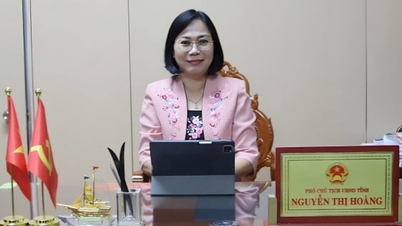
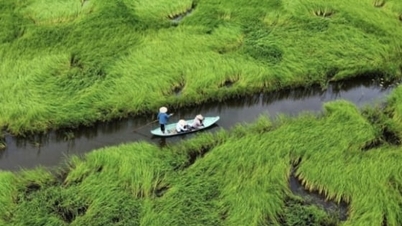









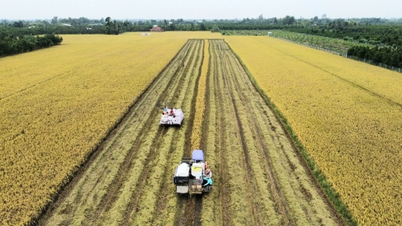










































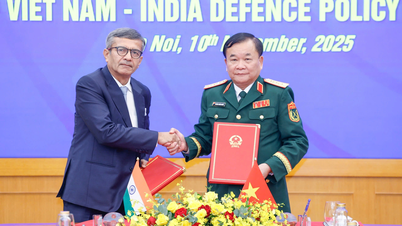


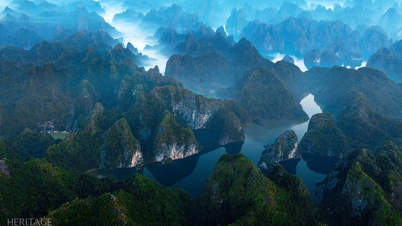














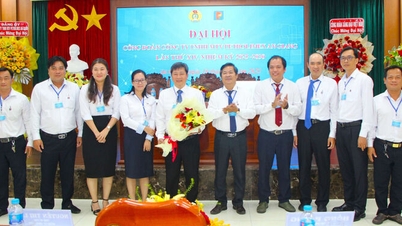

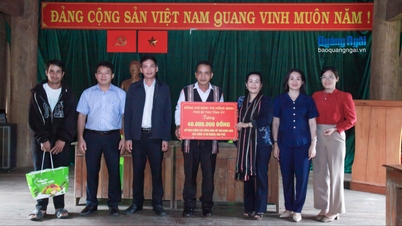


![Dong Nai OCOP transition: [Article 3] Linking tourism with OCOP product consumption](https://vphoto.vietnam.vn/thumb/402x226/vietnam/resource/IMAGE/2025/11/10/1762739199309_1324-2740-7_n-162543_981.jpeg)









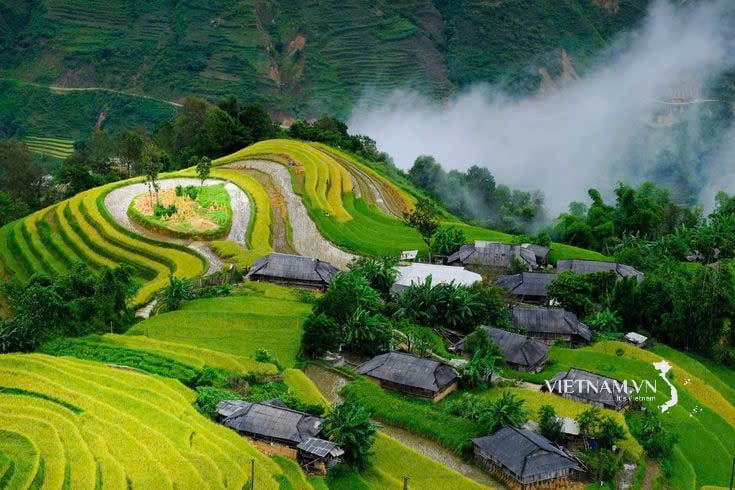


Comment (0)